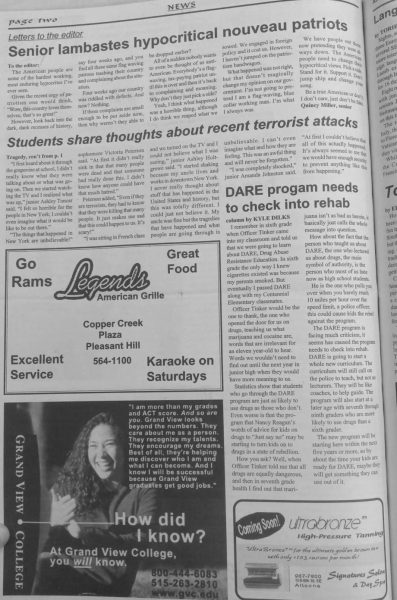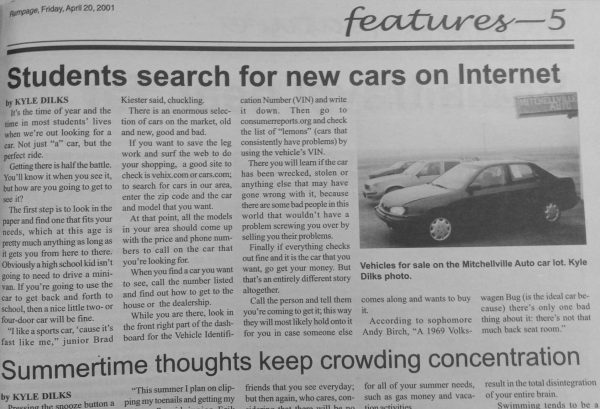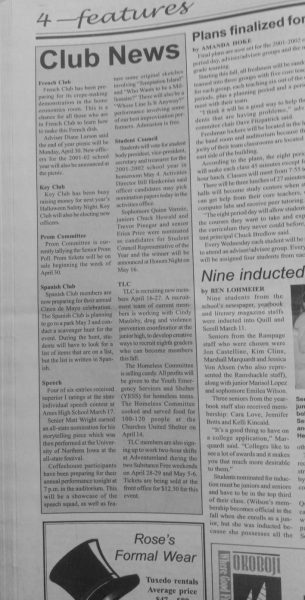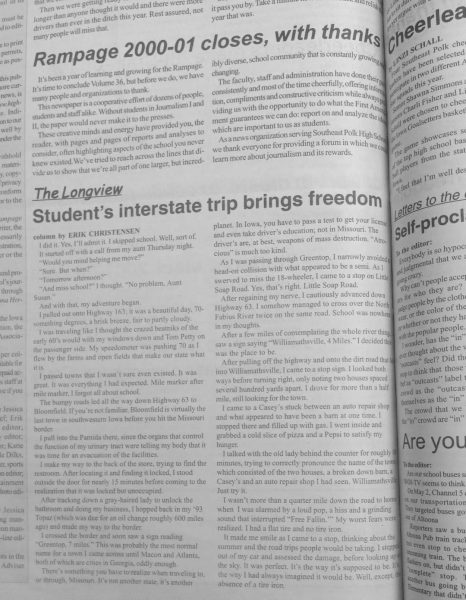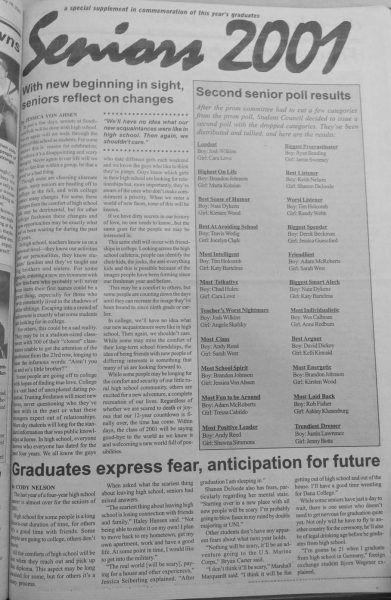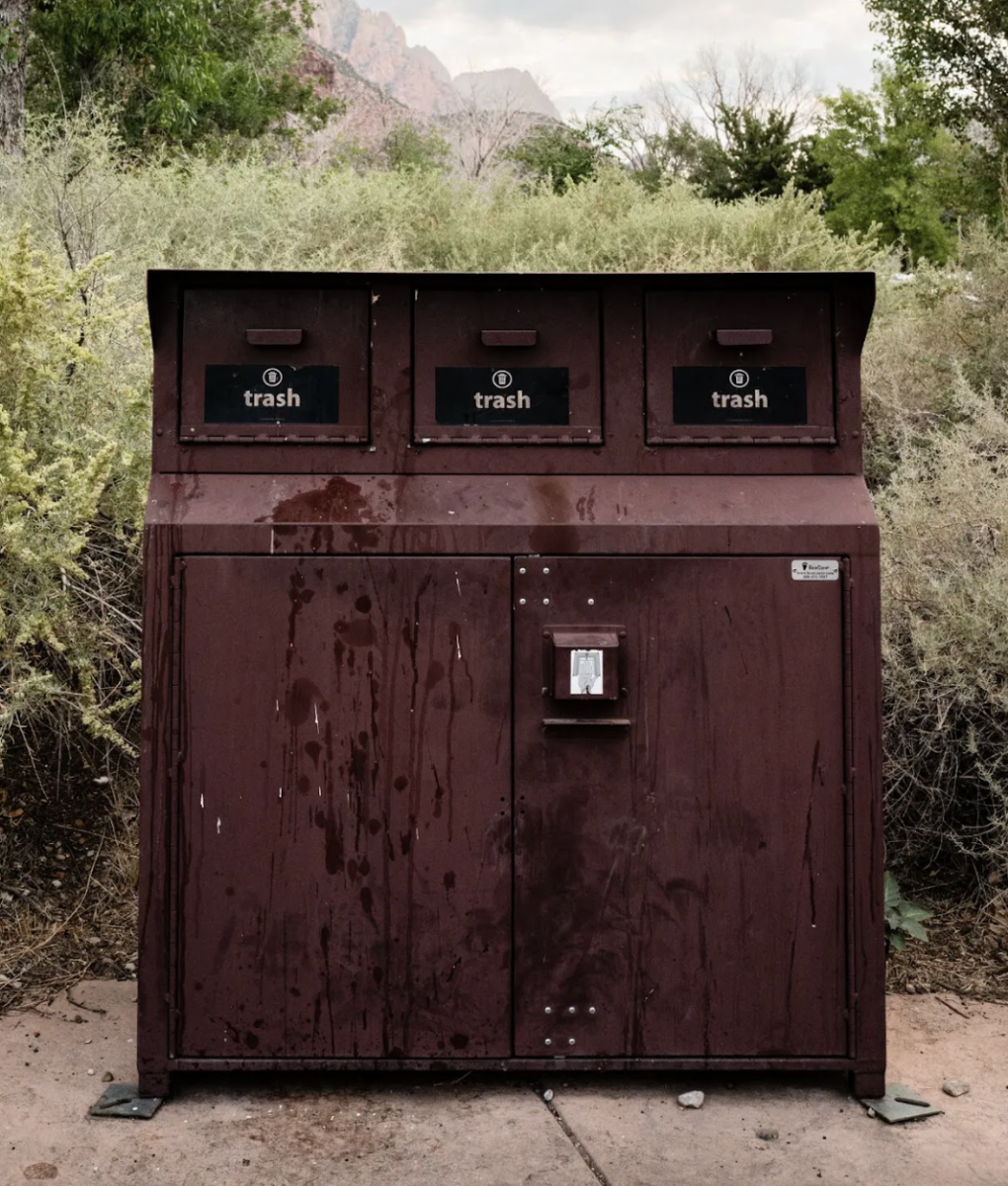This is the final issue of the 60th Volume of Rampage. Rampage has been Southeast Polk High School’s main form of publications for 60 years, and that is surreal. This paper has covered things from 60 years of prom kings and queens to the growth of the SEP community, from the September 11th terrorist attacks in 2001 to COVID-19.
60 years ago, the process was somewhat similar to it is now, aside from the lack of computers.
“We took notes of what we wanted to do, then we wrote up the articles, and the teacher looked them over to see if she wanted to change them any,” said Southeast Polk alum, Jackie Eastridge. She was a member of the Rampage team its first year of being a publication in 1970.
After the article was approved by the teacher, two editors would look over the article.
“Usually two people had to double check to make sure the story was accurate,” said Eastridge, “and, if it had to do with change in procedure or rules at the school, you had to go to the principal and check its accuracy.”
After their articles were drafted, they would go to the print shop. There was one room in the school that would do all the printing for all the school’s needs. They would use a printing press.
For those who don’t know what a printing press is, it’s a machine that essentially functions like a printer. There would be different blocks that could have ink applied to them, and they would be arranged in the way that paper could be laid on them and the ink would be applied to the paper.
Hence the name, printing press, it would have paper pressed on it and it would print what needed to be printed onto the paper.
“After they were printed we would distribute them around. Not usually individually, they would just put them in a stack in different places around the school, and then people could pick them up if they wanted them,” said Eastridge.
That was how the Rampage was drafted, written, printed, and distributed 60 years ago.
40 years later, Rampage was still going strong. Writers who wrote from 2000 to 2001 are in their late 30s to early 40s today. The process that they used was quite similar to what we use now.
“We kept running lists of potential story ideas and, as editors, we would pick the stories we wanted to write and ensure that the rest of the stories were taken by the Journalism I class,” said SEP alum, Erik Christensen.
After that, they would draft their articles on Microsoft Word.
“To the best of my memory we would write articles in Microsoft Word, then once completed would lay them out on a computer software then write the headline. They were then sent to the print shop,” said SEP alum, Kyle Dilks.
Around the time these writers were members of the Rampage, the world stopped with the terrorist attack on the World Trade Center in New York City, New York. It was Erik Christensen’s job to cover this atrocious attack.
“It’s really hard to wrap your seventeen year old brain around an event like 9/11 as it’s unfolding in front of you. I suppose, like most of my classmates, I was anxious, nervous, scared at what was coming next. I’m not sure if that comes across in the article or not. Part of me hopes it doesn’t and part of me hopes it does,” said Christensen.
For such a chaotic time, it was an article that had to be written. That would’ve been the first article in the Rampage to be released that covered the 9/11 terrorist attacks.
“I remember watching a video report from Ground Zero and the reporter said (I’m paraphrasing), ‘I heard a boom and ran towards it.’ I remember, as a guy who really, really wanted to be a newspaper man thinking, ‘That’s a real journalist,’” said Christensen.
There’s a unique aspect that comes with journalism, and something that will stick with us for a long time to come.
“[Journalism] encourages you to keep digging– to not simply be satisfied with the first answer you receive, but to seek out other sources,” said Christensen.
The core of Rampage, as a class and process, hasn’t changed much since over two decades ago, aside from one main change.
“We only had Rampage for one 45 minute period a day, and we didn’t have laptops. So all the stories we wrote had to be done in that period, or we often stayed after school to get stories typed or to get the layout done,” said SEP alum and current English teacher, Blair Brown.
By now, Rampage is an hour and a half long class like many other classes at Southeast Polk. Ninety minutes is much better than forty-five minutes because it gives us more time to accomplish what we need to get done. With our extra time, we can be seen productively roaming the building, conducting interviews, and writing stories.
We still interview, we still pitch, we still distribute. The only main thing that has changed is technology.
From printing presses to Adobe InDesign, to ending up printed on paper, Rampage has been around for 60 years, and will hopefully continue for another 60 years to come.
To see more photos of old Rampages, keep on scrolling.
.
.
.
.
Below are the 9/11 articles that were released shortly after that terrible day in 2001:

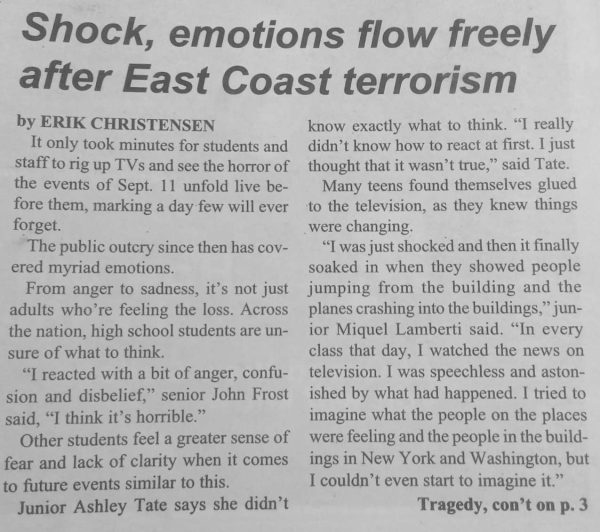
.
.
.
Below are many photos from the original issue of Rampage in 1970:
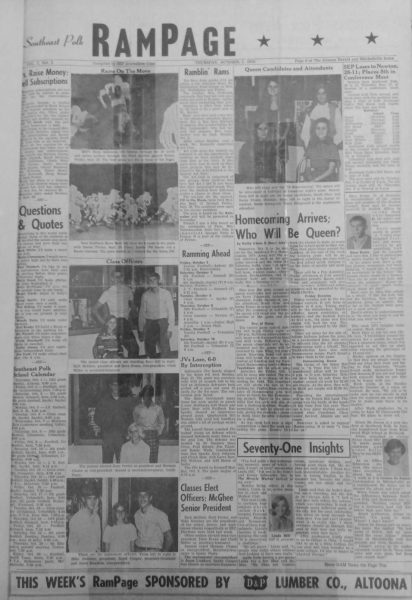
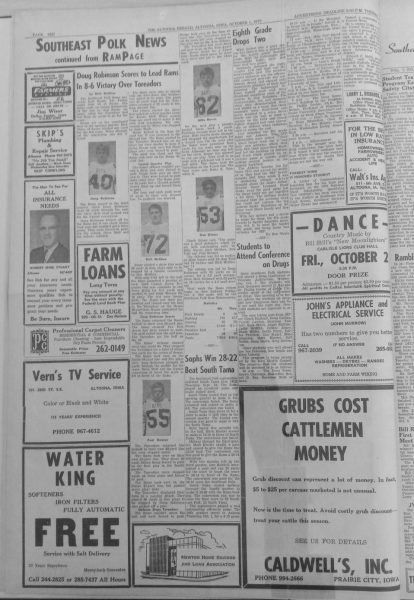
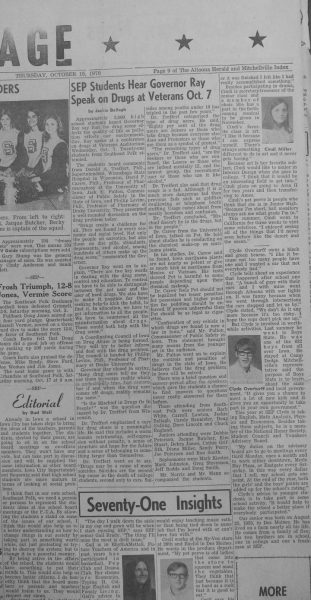
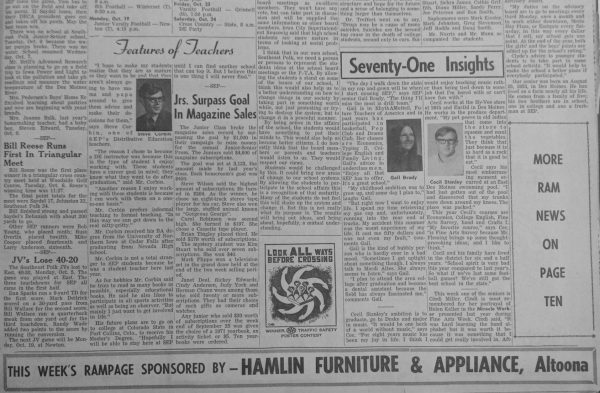
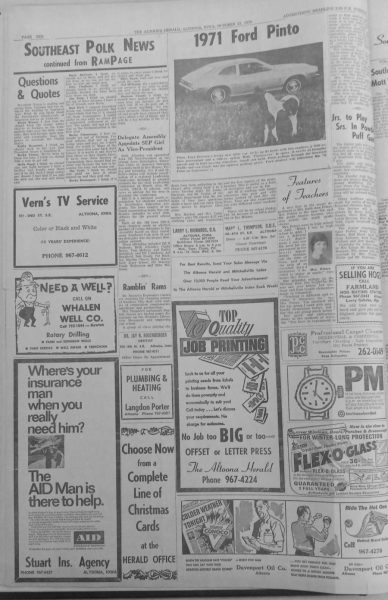
.
.
.
Below are many photos from the 2000 through 2001 issues of Rampage:
